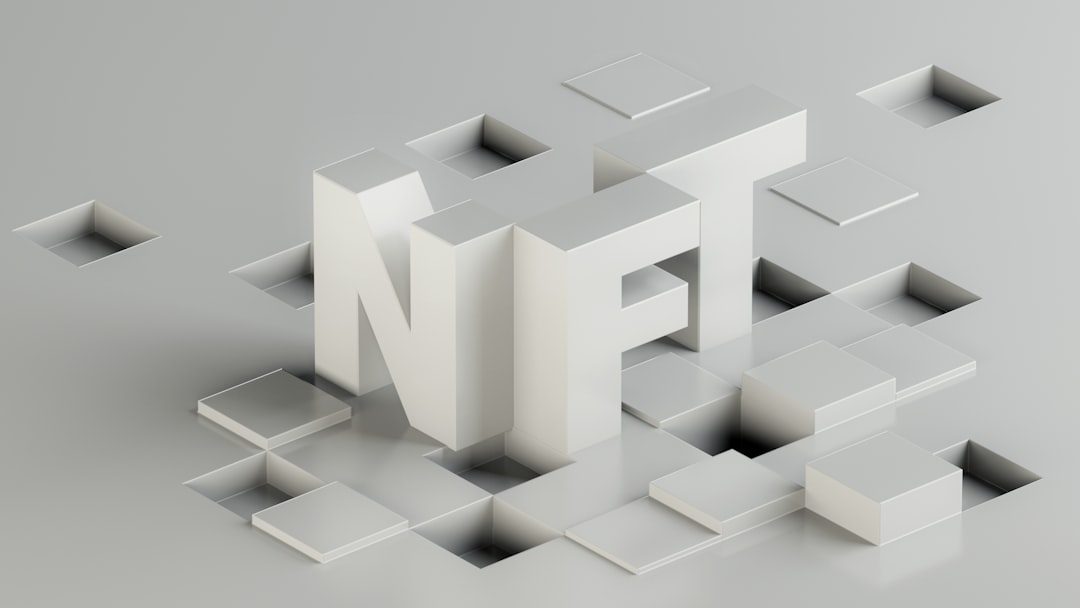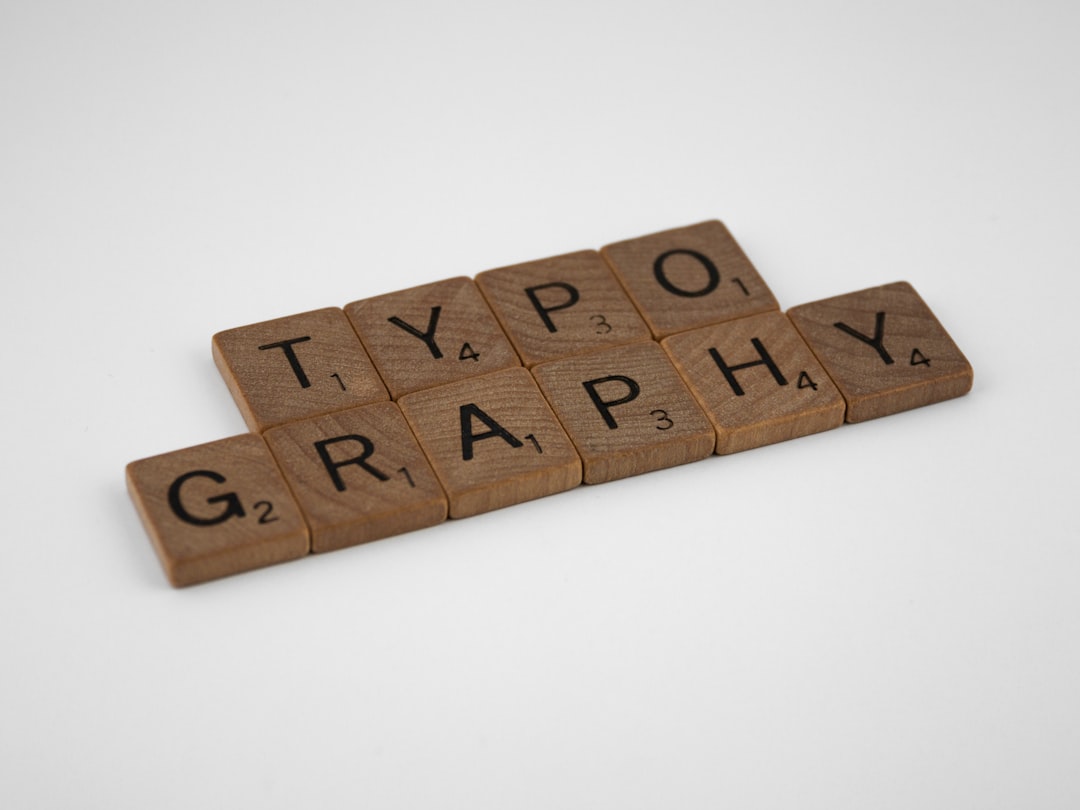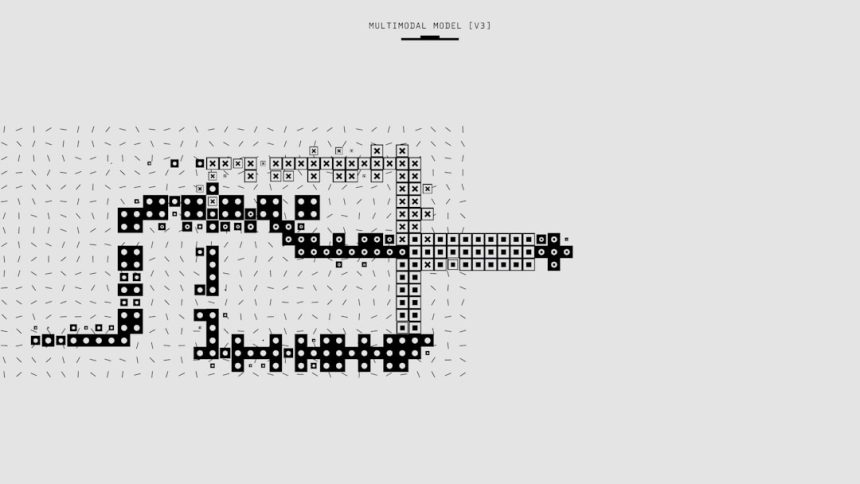In the vast universe of digital typefaces, understanding the different font file formats is crucial for developers, designers, and typographers alike. One such format that has played a historic role in computing is the .fnt file format. Although it is not as commonly used today as modern font formats like TrueType (.ttf) or OpenType (.otf), the FNT format is still relevant for legacy systems and certain specialized applications. In this comprehensive guide, we will explore what the FNT file format is, where it originated, how it works, and its significance in the broader landscape of digital typography.
Understanding the FNT File Format
The .fnt file extension stands for “Font” and originally referred to bitmap font files used primarily in early versions of Microsoft Windows and DOS-based environments. These files store the graphical representation of characters in a font, often referred to as bitmap fonts, because each character is pre-rendered at a fixed size and resolution.
The main purpose of the FNT format is to deliver font information quickly and efficiently, without requiring the system to render vector outlines in real-time. As such, these fonts provide high-speed text rendering, which was essential in the early, resource-constrained computing environments.

Historical Context and Legacy
In the early days of graphical user interfaces, computing power was limited, and using bitmap fonts offered a pragmatic solution. The FNT format was introduced with Microsoft Windows 1.0 in the mid-1980s and continued to be supported through later versions. Its use was especially prevalent in low-resolution displays where fine typography features were less important than screen performance.
Over time, as computer processors became more powerful and screen resolutions increased, scalable fonts like TrueType and OpenType began to replace bitmap formats for most applications. Nevertheless, the FNT format remains a part of the Windows ecosystem for backward compatibility and is still sometimes used in embedded systems, resource-constrained environments, and legacy software.
How the FNT File Format Works
FNT files are binary files that encode font data in a specific structure designed for high-speed access and rendering. Unlike modern vector fonts that store characters as mathematical outlines, FNT files store each glyph as a bitmap array. This format includes:
- Font header: Contains metadata such as version, font size, and character set.
- Character table: Lists each character’s bitmap and related information like width, height, and offset.
- Bitmap data: A series of pixel arrays that represent the appearance of each glyph.
Each glyph in a FNT font is fixed in size, which means the font can’t scale gracefully to larger sizes without loss of quality. This limitation makes FNT fonts less desirable in high-resolution or scalable UI environments.
Types of FNT Files
There are two primary types of FNT files:
- Raster (Bitmap) Fonts: These are classic .fnt files where all characters are made up of dots arranged in a grid. Each character is crafted pixel by pixel.
- Packed FNT Files: A variation often bundled inside Windows DLL or EXE resources. Windows uses these “resource fonts” in internal rendering or dialog UIs.
It’s important to note that bitmap FNT files are static; that is, they do not scale based on screen size or zoom level. This makes them ideal for environments with consistent resolution needs, such as point-of-sale (POS) systems or early video games.
Structure of a .FNT File
A .fnt file has a well-defined binary layout. The file typically contains:
- FONTINFOHEADER: A structure that holds general font metrics and system flags.
- CHARINFO Table: Contains character widths, paddings, and offsets for each glyph.
- Bitmap Glyphs: A block of raw pixel matrixes that visually represent each glyph.
This well-organized structure enabled programming environments to access font data efficiently. However, it also meant FNT files could not support complex typographic features like kerning, ligatures, or Unicode encoding, which limited their versatility.

Use Cases and Modern Relevance
Despite being a legacy format, FNT files still retain some modern relevance. Here are a few scenarios where you might encounter or need to use FNT fonts:
- Legacy Software: Older Windows applications rely on FNT fonts for UI rendering and dialog box text.
- Embedded Systems: Devices with constrained storage and processing power use bitmap fonts to minimize computational overhead.
- Emulation and Retro Computing: Vintage games, terminal emulators, and DOSBox-type programs use FNT fonts to recreate authentic old-school experiences.
- Scientific Devices: Equipment like oscilloscopes or measurement devices use FNT fonts where real-time display rendering is key.
In some modern environments, bitmap fonts provide better performance than vector fonts, particularly where rendering speed is more critical than aesthetic scaleability.
Converting and Creating FNT Files
Working with FNT files typically requires specialized software. Since standard design tools like Adobe Illustrator or Photoshop do not support FNT fonts, developers must use tools tailored for bitmap editing and font encoding.
Some popular utilities include:
- Fony: A lightweight bitmap font editor capable of creating and editing FNT files.
- BitFontCreator: A commercial tool for editing monochrome bitmap fonts and exporting to FNT and other formats.
- Microsoft Font Editor (legacy): Provided as part of the Windows SDK in earlier versions of the OS.
Conversion between FNT and modern formats can be tricky due to structural and data limitations. Bitmap fonts lack vector outlines and Unicode mapping, so converting them to TTF or OTF often involves approximating or redesigning glyph shapes manually.
FNT vs Other Font Formats
To better understand the value and limits of FNT, here’s how it compares to other common font formats:
| Feature | FNT | TTF | OTF |
|---|---|---|---|
| Scalability | No (fixed bitmap size) | Yes | Yes |
| Unicode Support | No | Yes | Yes |
| File Size | Small | Medium | Medium |
| Performance | High (low overhead) | Moderate | Moderate |
| Design Flexibility | Low | High | High |
As this table illustrates, FNT’s advantages lie in simplicity and speed, while modern font formats excel in flexibility and display quality.
Conclusion
The FNT file format represents a foundational piece of digital typography’s history. Although it has largely been superseded by scalable vector fonts, its use in legacy systems and performance-critical environments continues to underscore its efficiency. Understanding how FNT files work and the contexts in which they thrive not only helps preserve our digital heritage but also provides critical insight for developers working in specialized or constrained environments.
Whether you’re dealing with legacy code, building retro applications, or developing for embedded systems, a working knowledge of FNT files—and how they compare to today’s font technologies—remains a valuable asset in the toolkit of any serious software professional.







